Introduction to Mushroom Identification – Stephen Bucklin
To become skilled in mushroom identification, one needs the following: time, patience, attention to detail, and the ability and willingness to navigate the jargon-filled websites and field guides in which known species can be found. Join WPMC President and Pittsburgh Parks Conservancy Naturalist Educator Stephen Bucklin for an introduction to the incredible diversity of fungi found in Western Pennsylvania. We’ll review morphological groupings, mycological terminology, and resources to help you better know the mushrooms found in Western Pennsylvania and beyond.
Mushroom Photography for ID & Clarity – Cara Coulter
With the variety of fungus in the world, their different shapes, sizes, and qualities, photographing them can be quite a challenge. This is especially difficult if you are trying photograph them for identification purposes. If you want to present good photos for identification, you may wonder “What parts do I need to photograph?” This course will teach you what you need to focus on for presenting and documenting mushrooms. WPMC Vice President and Identifier Cara Coulter will help guide you on what to focus on for different species. Cara will show you inexpensive methods to provide optimal ID photos with your phone or DSLR. Don’t have a fancy expensive camera? No problem, we can still work with what you have.
Ten 10 Common Boletes in Our Area – Scott Pavelle
Everyone knows that boletes are particularly delicious – and often frustrating because they are so hard to identify to species. This talk by WPMC Bolete Specialist Scott Pavelle will tell you all you need to know, in order to identify ten good edibles that are common in SW Pennsylvania. Plus, a bonus pair of bitter boletes will bring things up to a nice, round dozen. Bring your notepads and any samples you would like to share or discuss.
Introduction to Microscopy: Spores, Squash Mounts & Stains – Richard Jacob
Before DNA barcoding came of age, one of the major tools in a mycologist’s toolbox was the microscope. Academic publications on new species often contain extensive microscopic descriptions of the spores and other features in the fruiting body. As you become more interested in mushrooms, you will start to find that you need to look at some of these characteristics, in order to identify and/or differentiate one species from other similar looking species. This lecture by WPMC Past President and Identifier Richard Jacob will cover the basics of purchasing and using a microscope for the analysis of fungi. Two sample preparation methods will be taught–spore collection and squash mounts–as well as use of a few important stains.
Links and resources mentioned in the Microscopy talk
- Example Microscopes that just about cover what you need to do from AmScope and OMAX:
- AmScope 40X-1000X Trinocular Biological Compound Microscope with Plan Objectives + 5MP USB Digital Camera $550
- OMAX 40X-2000X Trinocular Compound LED Microscope with 5MP Digital Camera $490
- Spore shapes
- ToupView download link:
http://www.touptek.com/download/ - Piximètre download link:
http://www.piximetre.fr/ - Focus stacking:
- Zerene Stacker
https://zerenesystems.com/cms/home - Helicon Focus
https://www.heliconsoft.com/heliconsoft-products/helicon-focus/ - Alan Rockefeller on fungal microscopy
https://www.youtube.com/watch?v=Trog53dls-8
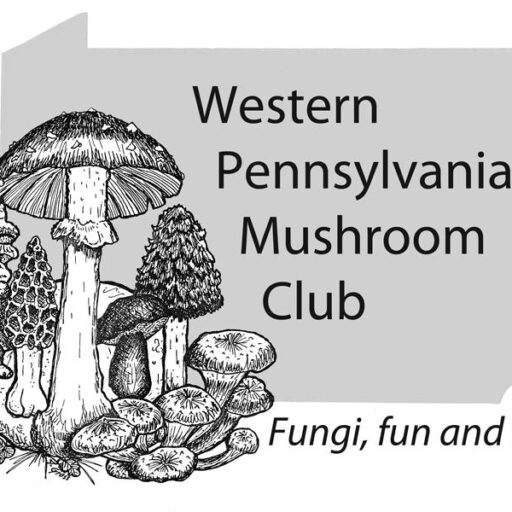
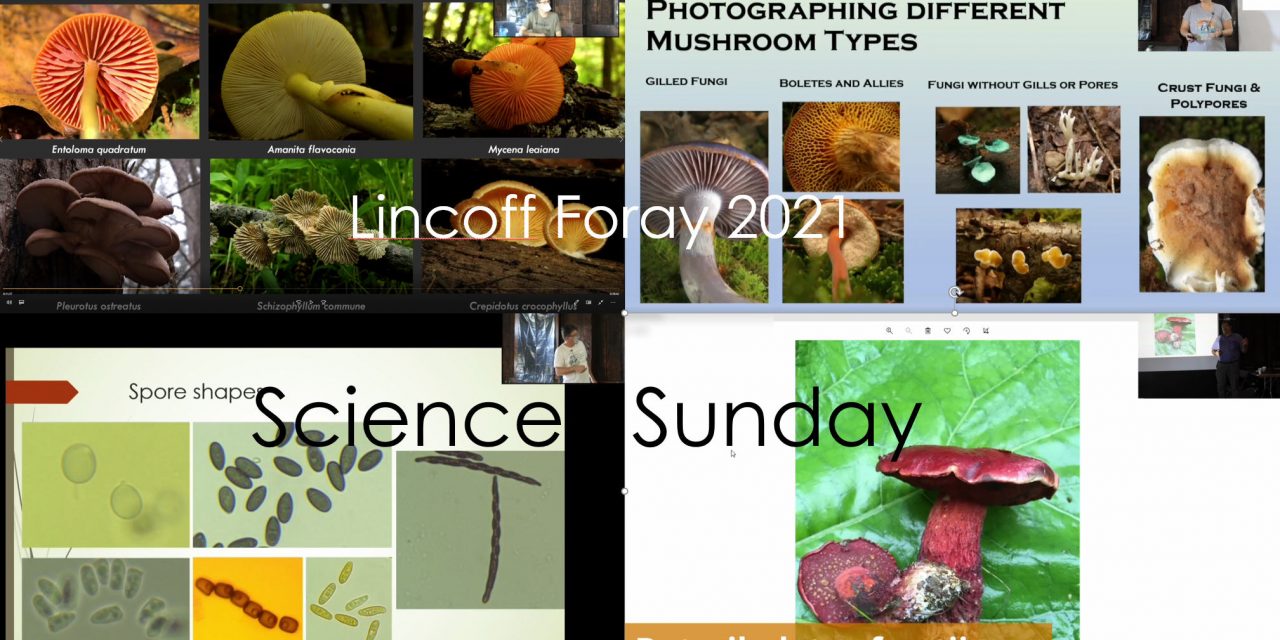
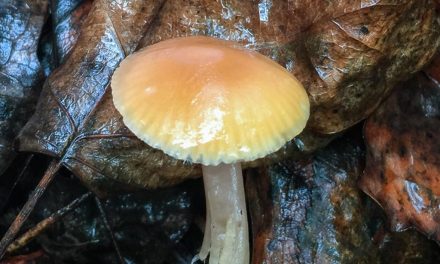
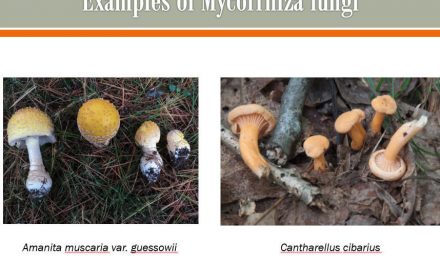

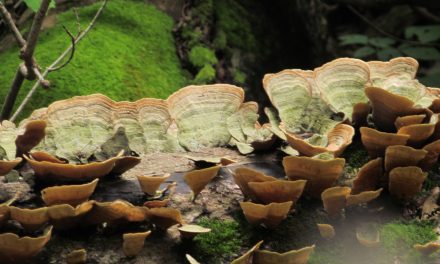

Recent Comments